Dear EarthTalk: What are conservation dogs? — Jon Gretcham, Portland, OR
Simply put, conservation dogs are canines specially trained in sniffing out evidence of specific wildlife species that scientists are seeking to learn more about for one reason or another. Most commonly these dogs are used to help biologists understand where and how threatened or endangered wildlife species are hanging on—or if they are still around at all.
At the forefront of this burgeoning field is Rogue Detection Teams (RDT), a Washington State based non-profit that sends their specially trained dogs around North America and beyond to help scientific researchers, government agencies and non-profit groups gather field evidence in order to further their conservation work.
It’s no wonder that conservationists have started using detection dogs, a standard practice in the military and law enforcement since the 1940s when U.S. troops first employed canines to detect German land mines in North Africa. By pairing human handlers well-versed in ecology and biology (the “bounders”) with detection dogs trained on a specific scent, conservationists can monitor the density, distribution and overall health of certain species of concern.
To wit, Rogue’s dogs have worked all over the world helping conservation groups bolster their cases with hard data collected in the field.
EarthTalk® is produced by Roddy Scheer & Doug Moss for the 501(c)3 nonprofit EarthTalk. To donate, visit www.earthtalk.org.



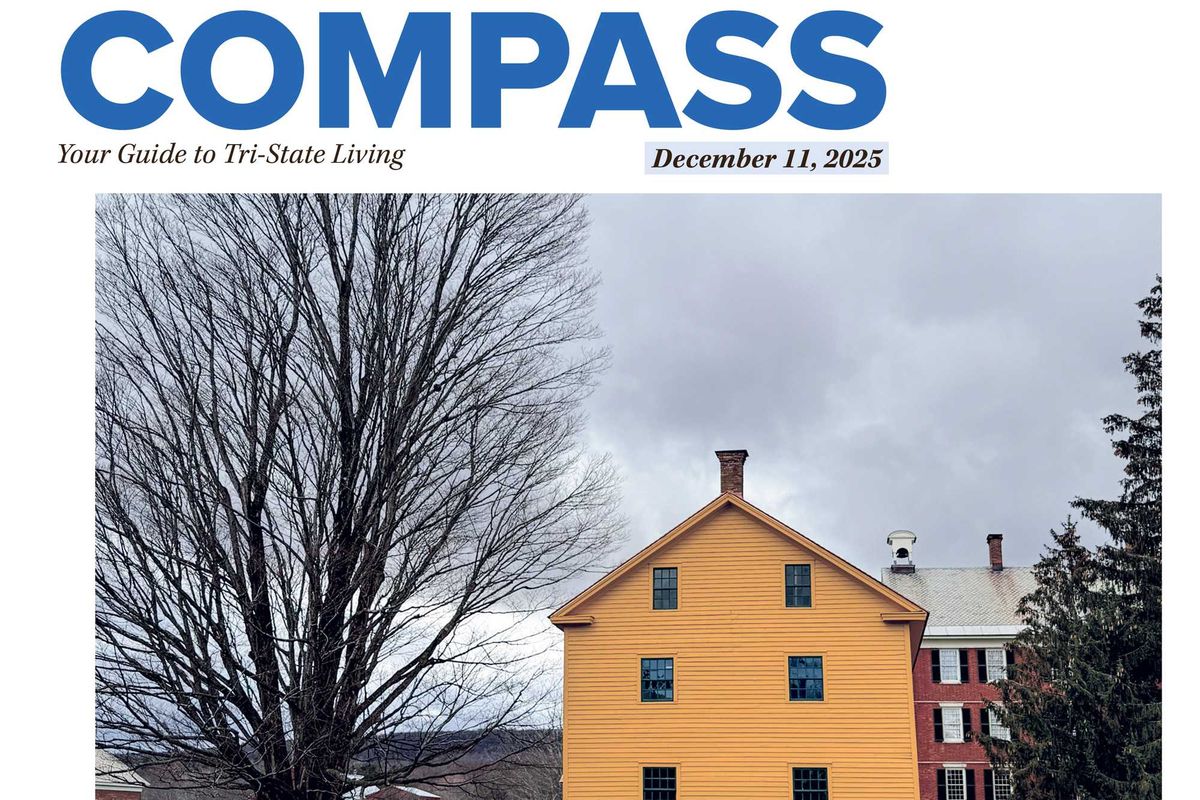
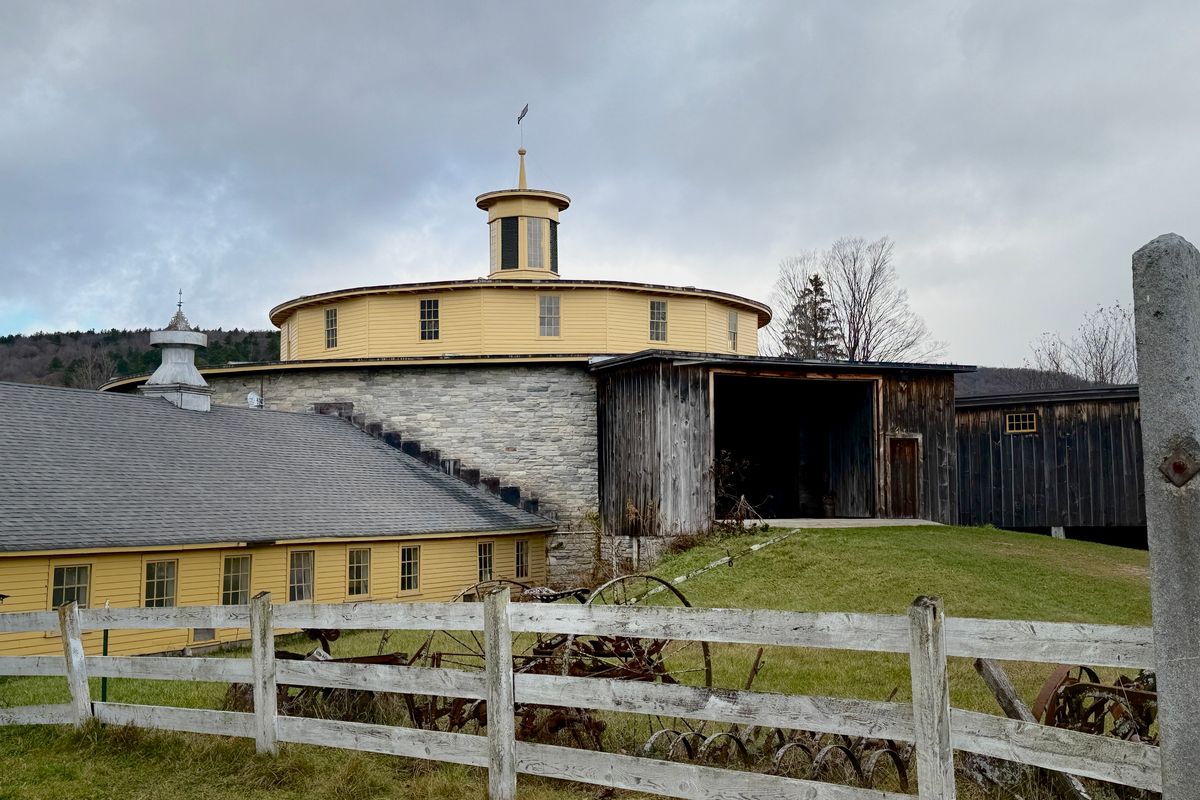
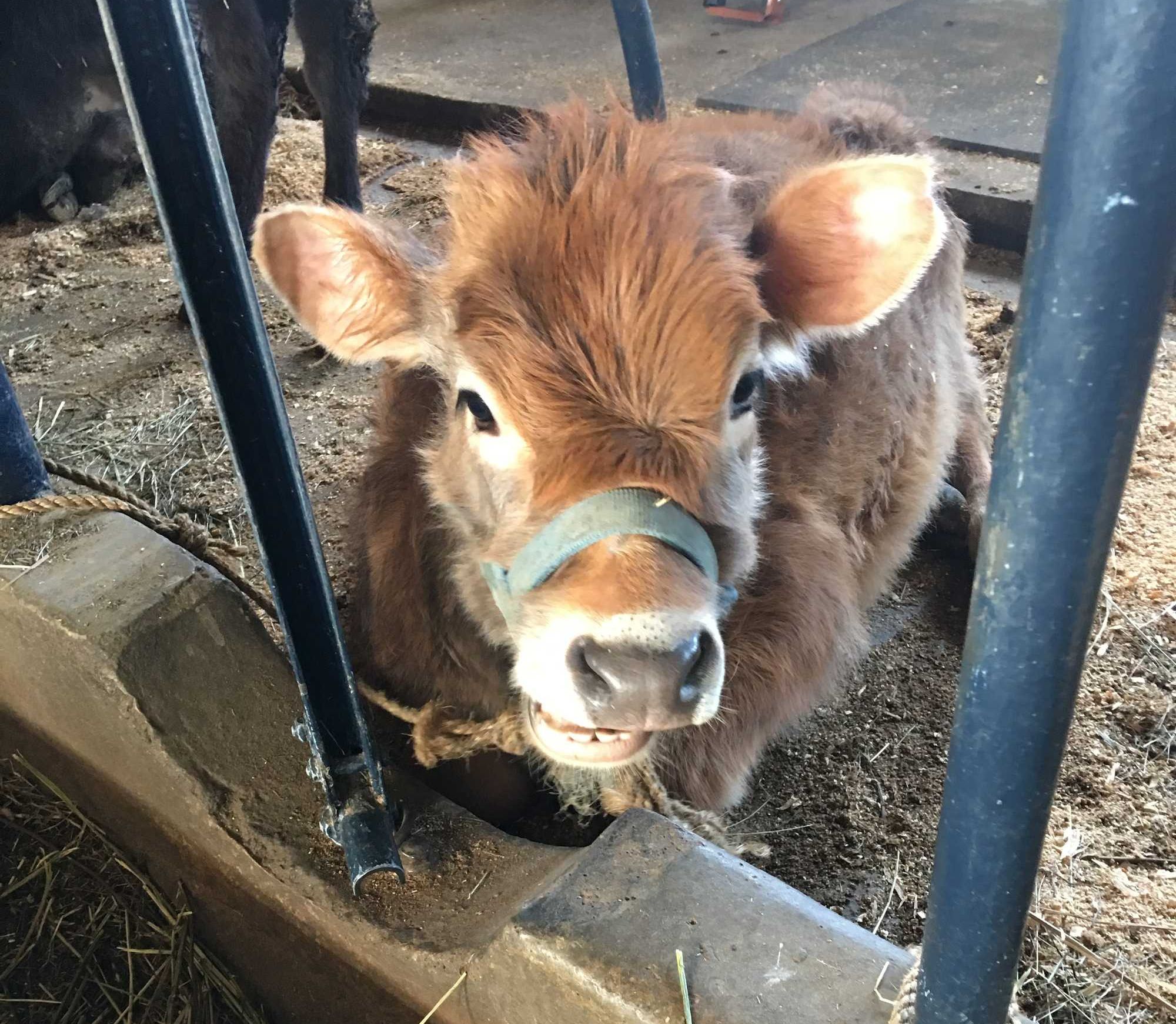 Shakers referred to their farm as the City of Peace.Jennifer Almquist
Shakers referred to their farm as the City of Peace.Jennifer Almquist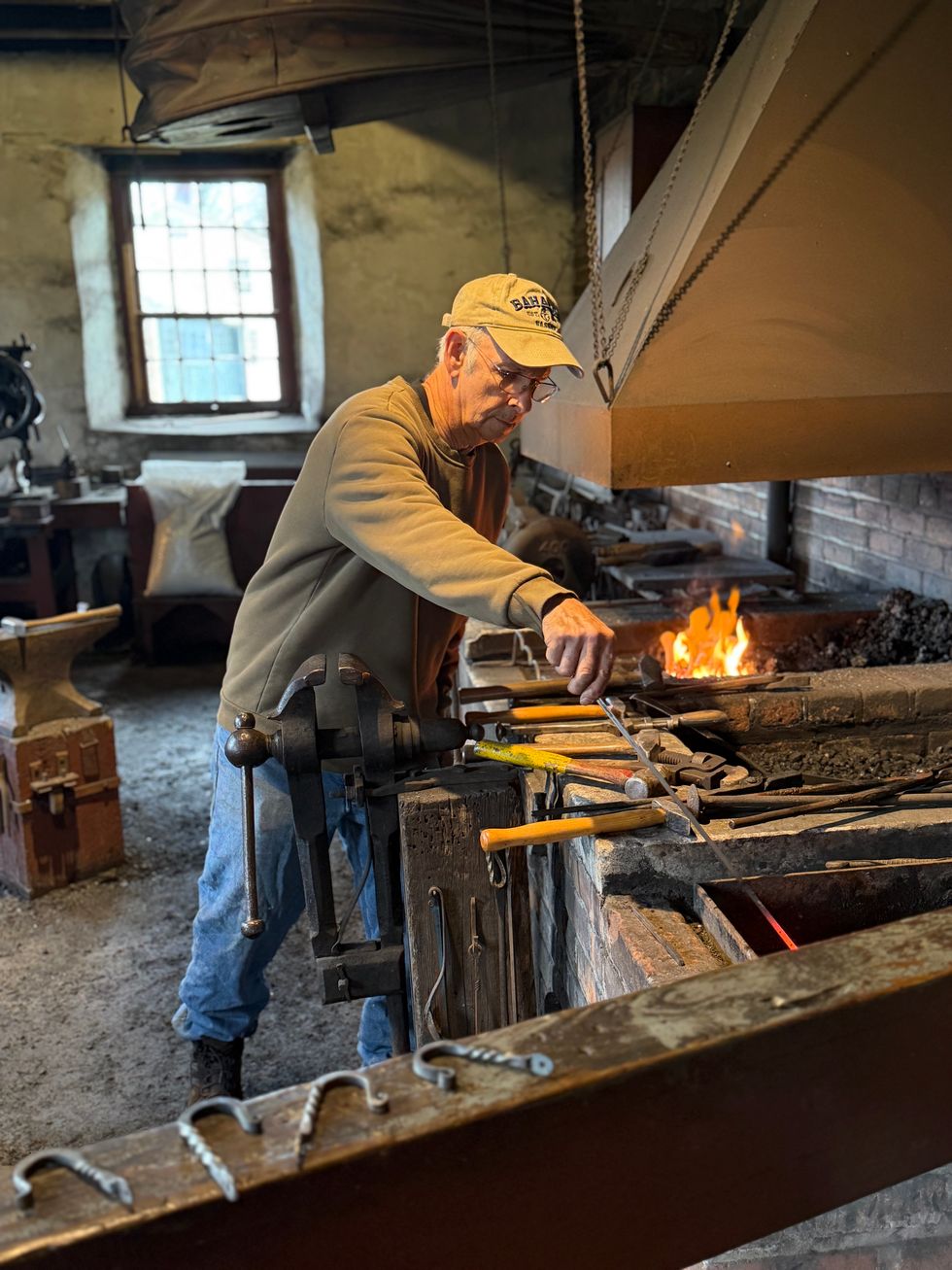
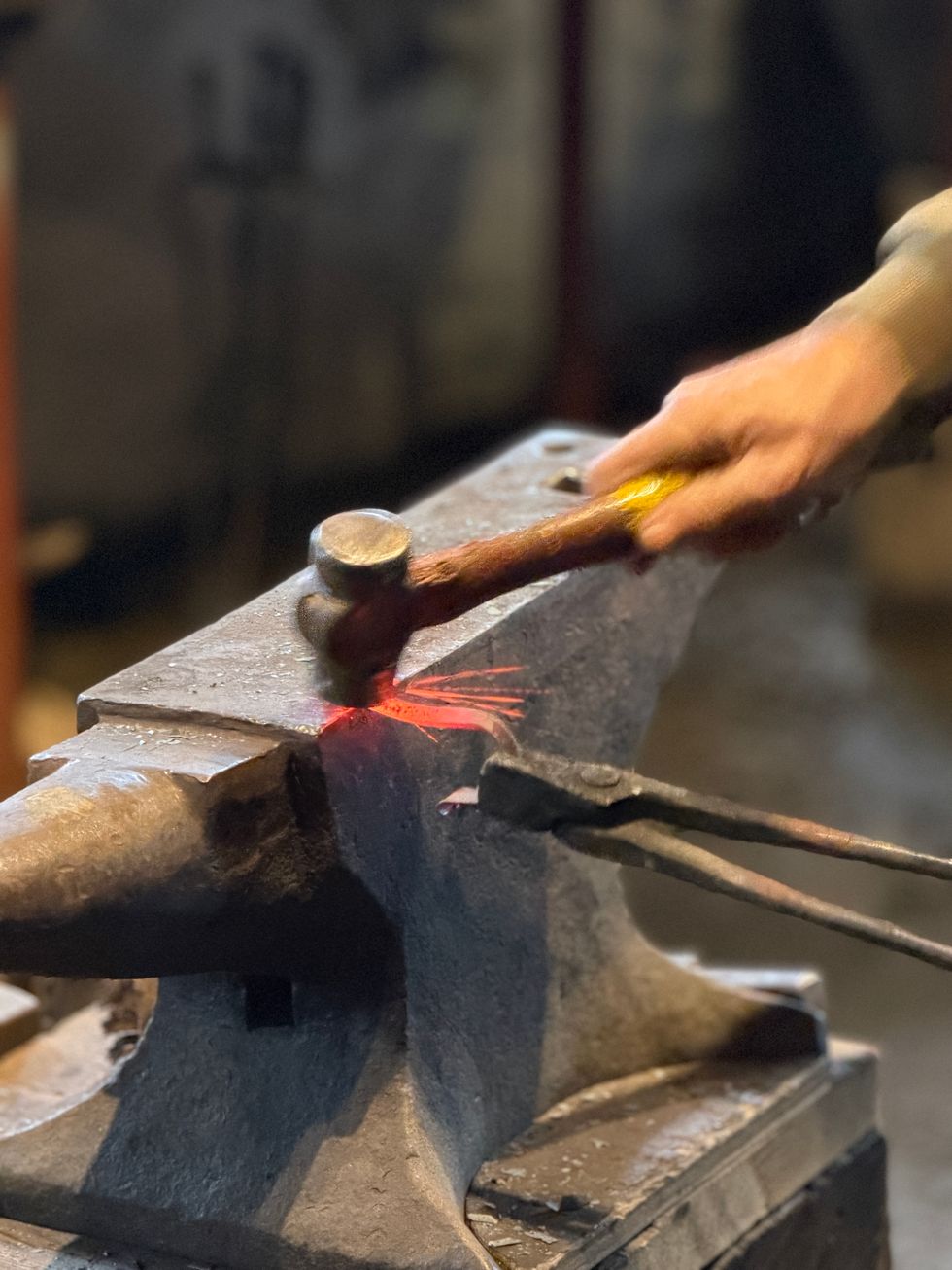
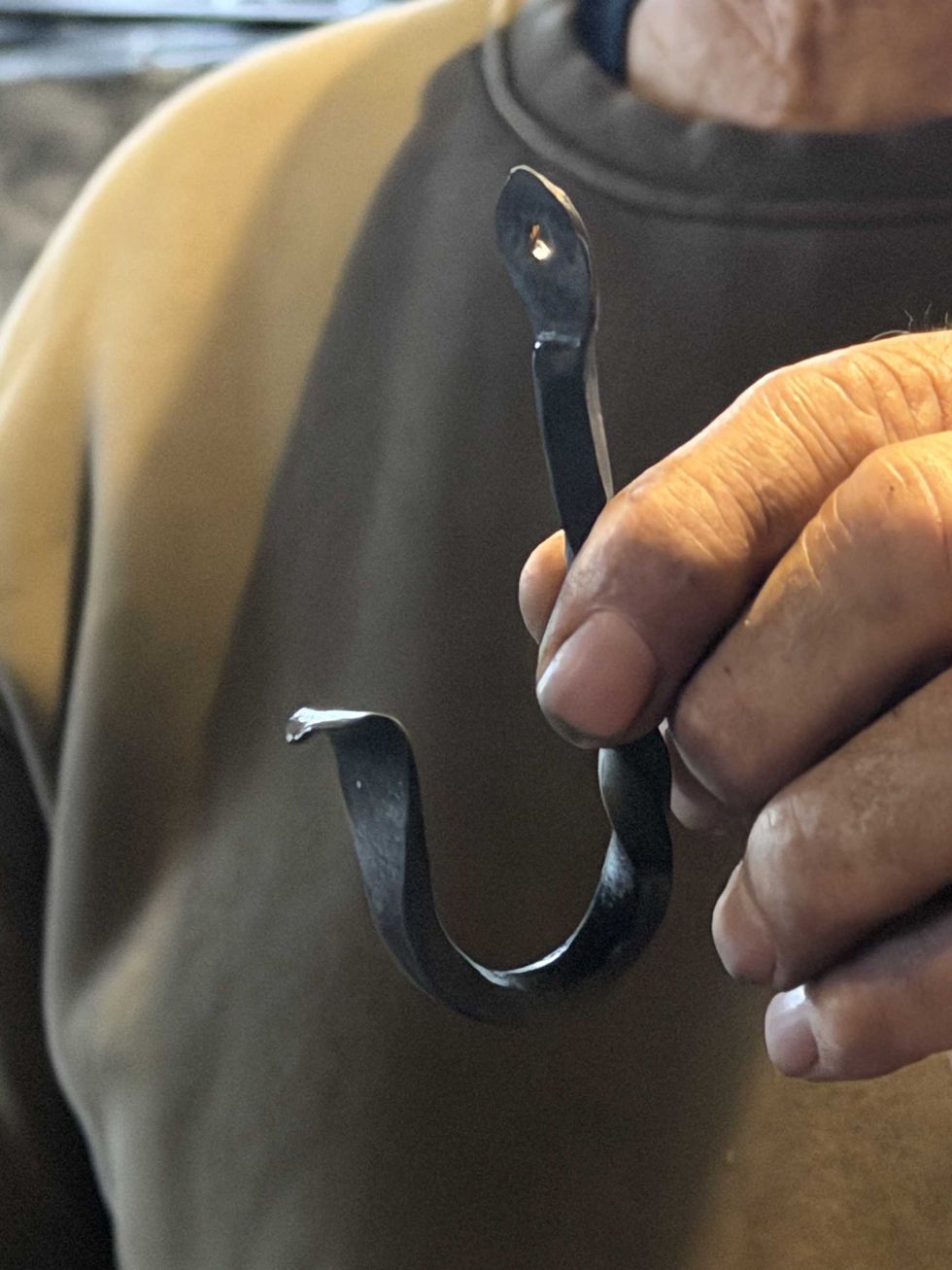
 A Shaker chair.Jennifer Almquist
A Shaker chair.Jennifer Almquist The Shakers embraced practical designs of great utility and beauty.Jennifer Almquist
The Shakers embraced practical designs of great utility and beauty.Jennifer Almquist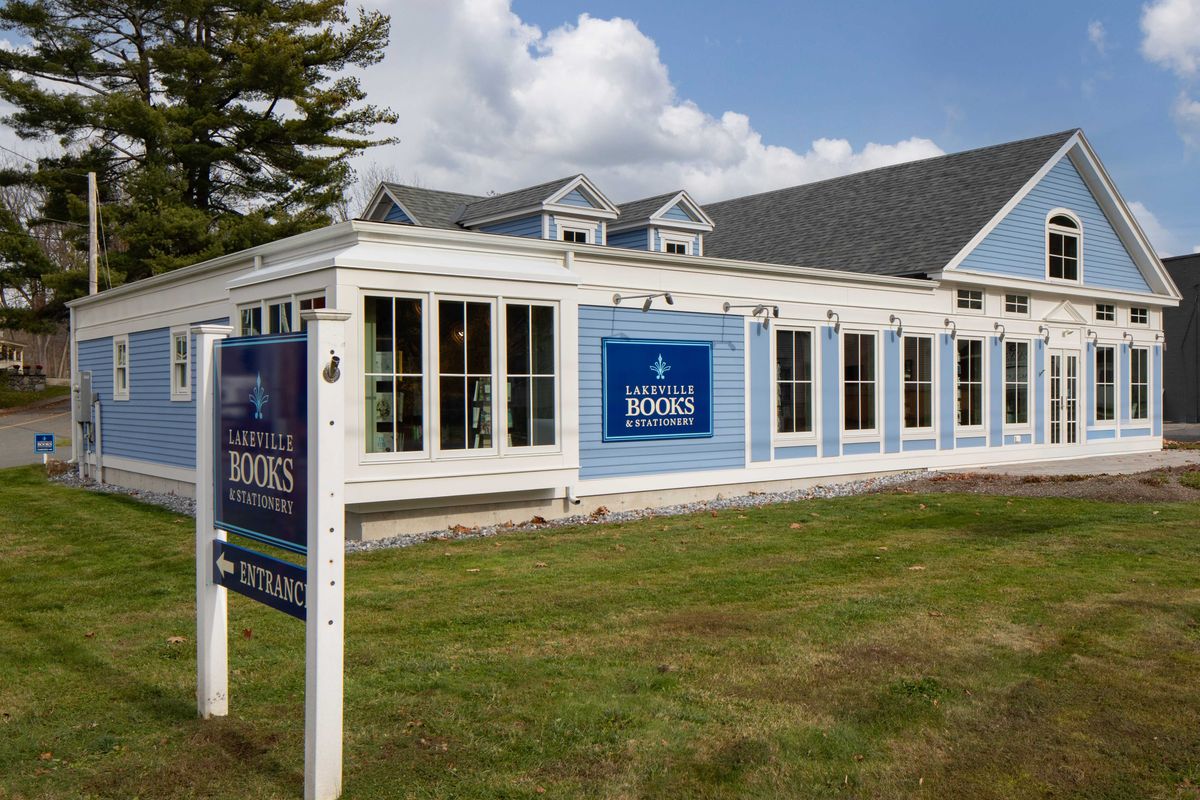
 Interior of Lakeville Books & Stationery.Provided
Interior of Lakeville Books & Stationery.Provided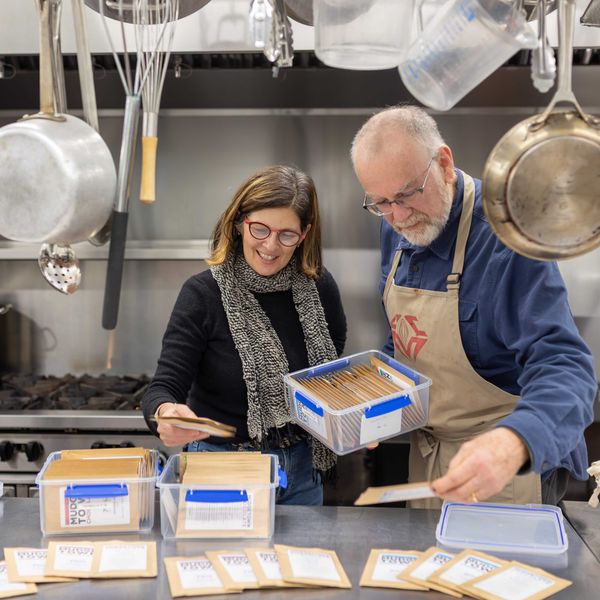

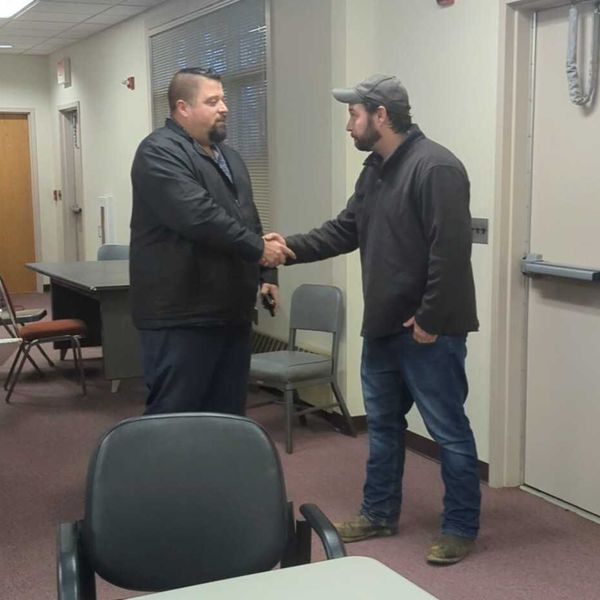
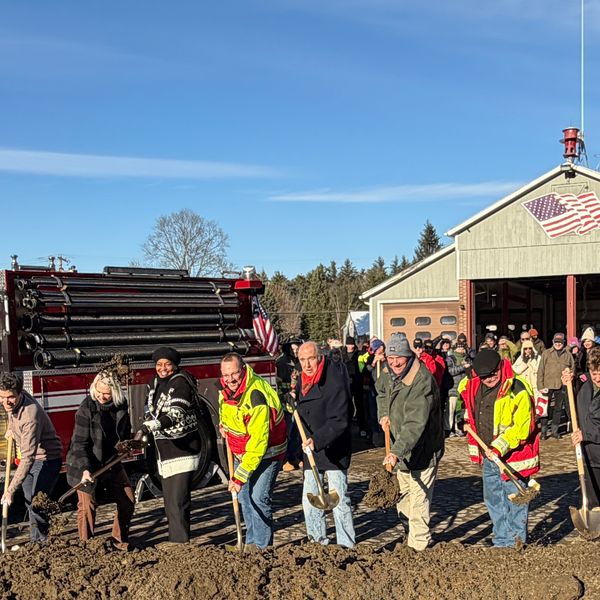
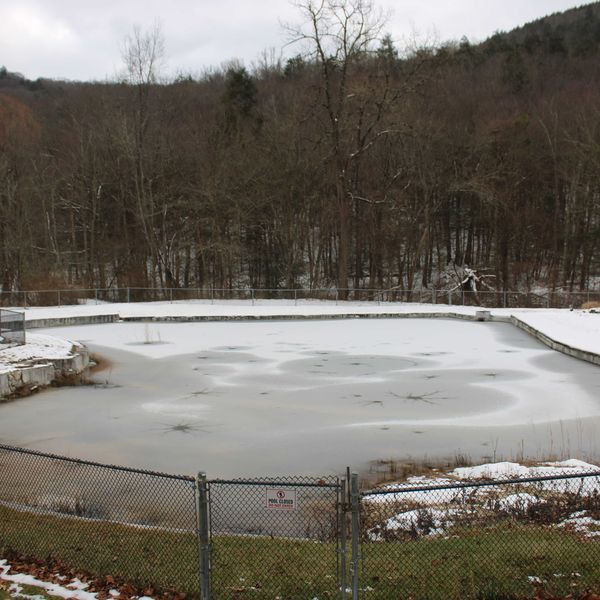
Dogs that help endangered species